Predicting major hazard accidents by monitoring their barrier systems: A validation in retrospective. [Schmitz P. Reniers G. Swuste P. - Process Safety and Environmental Protection 153 (2021)19–28]
OCI Nitrogen, one of Europe's largest fertilizer producers, is investigating the extent to which it is possible to take targeted measures at an early stage and stop the development of major hazard accident processes. An innovative model has been developed and recently explained and elaborated in a number of publications. This current paper contains a validation of the model by looking at the BP Texas City incident in 2005. The bowtie metaphor is used to visually present the BP Texas City refinery incident, showing the barrier system from different perspectives. Not only is the barrier system looked at from its trustworthiness on the day of the incident but also from the perspective of the control room operator, and from a design to current standards of best practice. The risk reductions of these different views are calculated and compared to their original design. In addition, evidence and findings from the investigations have been categorized as flaws and allocated to nine organizational factors. These flaws may affect the barrier system's quality or trustworthiness, or may act as ‘accident pathogens’ (see also Reason, 1990) creating latent, dangerous conditions. This paper sheds new light on the monitoring of accident processes and the barrier management to control them, and demonstrates that the BP Texas City refinery incident could have been foreseen using preventive barrier indicators and monitoring organizational factors.
Duiding score:
Duiding:
Example of retrospective application of bowties and preventative barrier indicators on the BP Texas City refinery incident
Doelgroep(en):
- Anders
- HSE managers
Risicothema:
- Risk | Control | Assurance - Algemeen
| Categorie | Uitgever | Maker | Taal |
|---|---|---|---|
|
Wetenschappelijke literatuur |
- |
TU Delft |
English |

